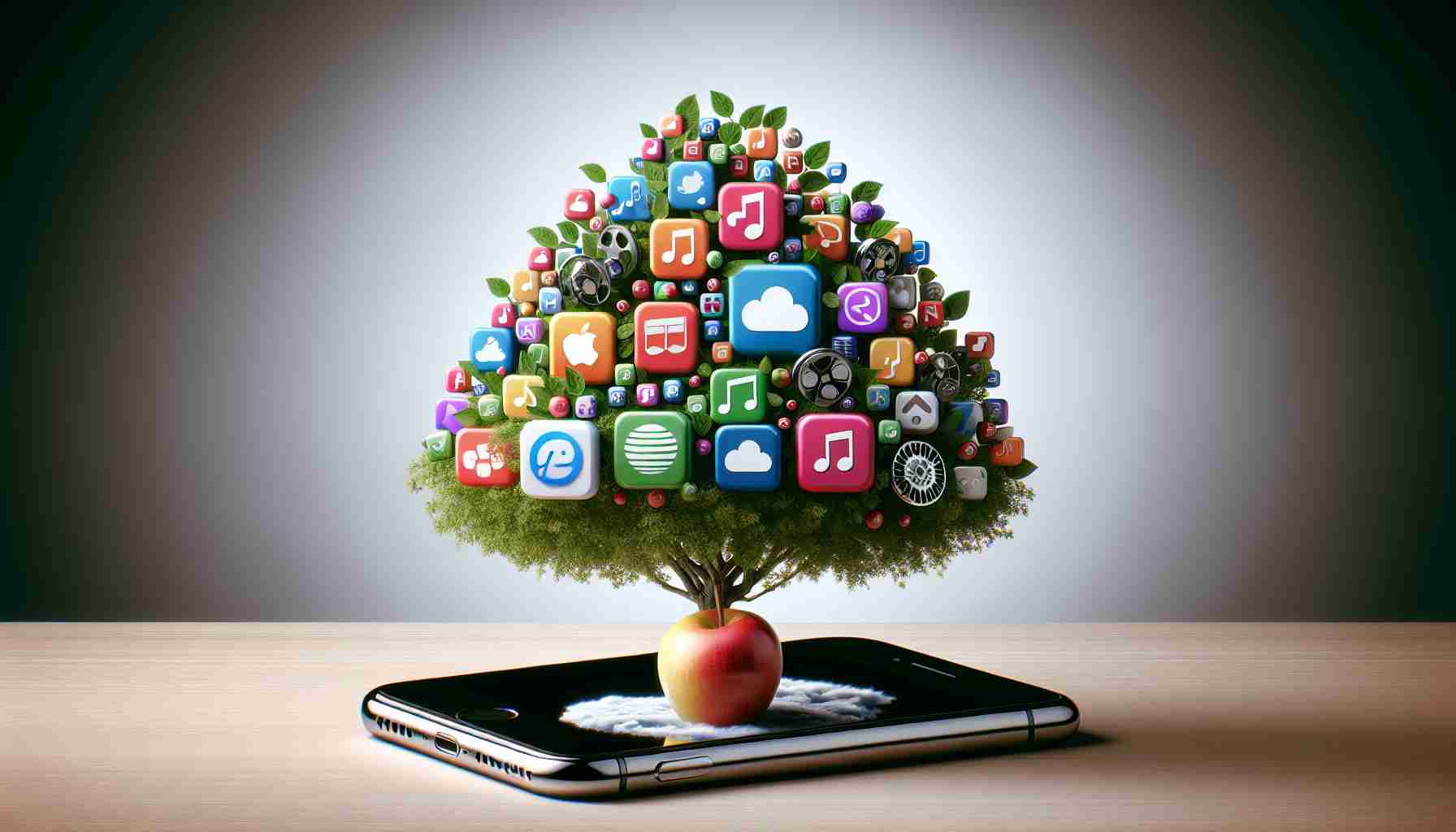Apple’s latest financial disclosure reveals a dip in iPhone sales but a significant surge in service revenues, which cushioned the company’s income amidst challenging economic conditions. The second quarter of Apple’s 2024 fiscal year saw iPhone earnings decline to $45.96 billion from $51.33 billion in the previous year, marking an approximate 10 percent decrease and a back-to-back quarterly drop.
While the technology giant wrestled with a 10 percent setback in the crucial product category, it outpaced industry prognoses due to a notable increase in services. Throughout the same quarter, Apple’s services reached $23.9 billion, indicating a sizeable upturn from $20.91 billion in the second quarter of the prior year.
Apple’s foothold in Greater China, encapsulating markets like mainland China, Taiwan, Singapore, and Hong Kong, reported an 8 percent shrinkage in revenue. However, areas outside China showed more resilience. This regional disparity comes as Apple’s competitors, particularly Huawei, expand their market share in China amidst the country’s economic deceleration.
Despite the downward trend affecting iPhones and iPads—the latter dropping to $5.6 billion from $6.67 billion—Apple’s Mac line showed upwards sales movement, from $7.12 billion to $7.5 billion. Consumer reception to Apple’s mixed bag of other products, including the Apple Watch, AirPods, and the newly released Vision Pro headset, was less favorable, with sales falling to $7.9 billion from $8.76 billion.
With a timely shot in the arm, Apple plans to unveil new iPad models next week, an endeavor reflecting the company’s strategy to revitalize their tablet market. In addition to their earnings report, Apple disclosed a massive $110 billion share buyback program, underscoring their continued investment in the company’s stock value.
When assessing the information provided in the article about Apple’s financial performance, several important questions arise, key challenges, and controversies can be identified along with the advantages and disadvantages associated with Apple’s situation.
Important Questions and Answers:
1. What are Apple’s growth drivers despite the decline in iPhone sales?
– Apple’s growth drivers include their services segment which saw a significant increase, reaching $23.9 billion up from $20.91 billion. Additionally, Mac sales have increased, showing a revenue rise from $7.12 billion to $7.5 billion.
2. How is Apple responding to the decline in sales of its hardware products, such as iPhones and iPads?
– Apple is launching new iPad models in an effort to rejuvenate the tablet market and maintain customer interest in their hardware. Moreover, they have announced a substantial $110 billion share buyback program to enhance shareholder value.
3. What are the key challenges Apple is facing in markets like Greater China?
– Apple is experiencing tough competition from companies like Huawei that are increasing their market share, especially as China experiences economic deceleration. Apple’s revenue from Greater China declined by 8 percent.
4. What controversies are connected with Apple’s current business strategy?
– While the article doesn’t mention controversies, it’s possible that Apple’s reliance on share buybacks could be questioned, as critics might suggest these funds could be used for other purposes such as innovation or improving working conditions.
Advantages and Disadvantages:
Advantages of Apple’s robust service growth include a diversified revenue stream which reduces the company’s reliance on iPhone sales and the ability to capitalize on an existing user base with new service offerings. On the other hand, disadvantages may include the reliance on periodic hardware refreshes to maintain the service ecosystem and potential saturation in some service areas.
Key Challenges:
– Market saturation: The smartphone market is nearing saturation, making it more challenging to maintain growth rates in hardware sales.
– Economic conditions: Global economic hardships might reduce consumer spending on high-end electronics like iPhones.
– Competition: Apple faces stiff competition from other tech companies in both hardware and services.
Related to the Main Topic:
For more information regarding Apple’s corporate activities and the latest news, you can visit their website at Apple. Please note that links are provided for convenience and should be accessed at the user’s discretion.
